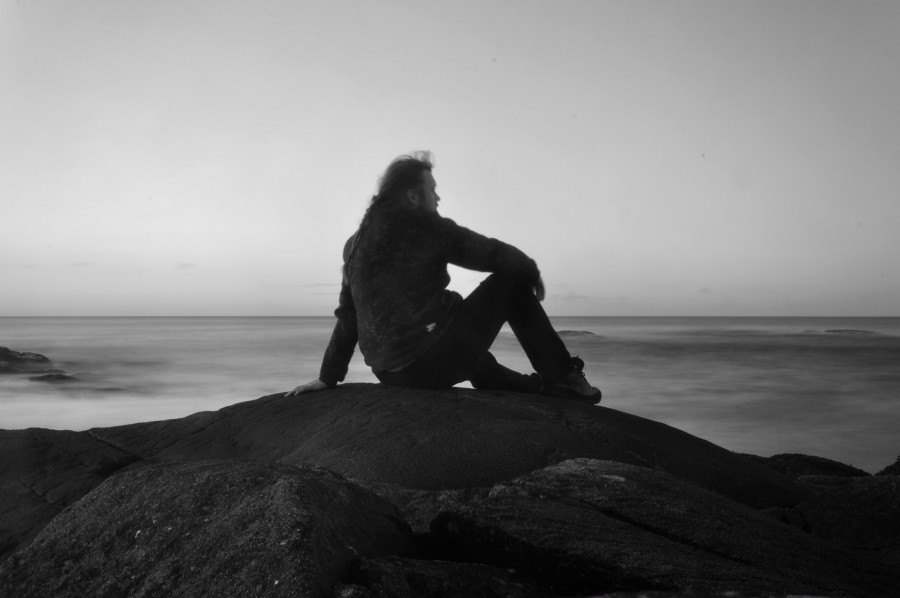Hærleif Langås is the man behind several dark ambient acts, including: Northaunt, Therradaemon and The Human Voice. I was lucky enough to pick Hærleif’s brain about some of his inspiration over the years, information about upcoming releases and the frailties of the human condition, among other things. An interview with this Norwegian artist, one that has dedicated so much of his career to music of the coldest variety, seemed like a fitting way to give us a bit of rest and distraction from the scorching summer months.

Interview with: Hærleif Langås
Conducted by: Michael Barnett
Michael: Of your various projects, it is safe to say you are best known for your work as Northaunt. Northaunt goes all the way back to 1996. This has been a pretty impressive life for the project. Do you still hold many of the same visions of what Northaunt is as you did back when the project was founded? In other words, have the focus and themes of the project stayed the same over the years?
Hærleif: I think it has. Although I found it difficult to describe in words the first years, I just knew that I wanted to create this, explore these moods and thoughts and recreate it in sound. Musical elements like melody and beat were tools to do that when I set out, I was never much into instruments and such, I just learnt what I had to – to make what was in my mind. Northaunt has always been about nature and my existential questions I think, the melancholy in the music comes from the feeling I think many have that something is wrong or missing in our lives, an uneasy feeling that we can’t seem to shake. We blame each other and we blame material things we don’t have, but personally I think we are like a fox that has never seen the outside of its cage, running in circles, knowing something is wrong… eating its paw off in desperation. I think we are lacking the same thing as the fox… Northaunt also describes landscapes, the light and darkness of nature, places I have been and places that I long for. Many people long for nature or a more natural way of life, of course, but what are we really longing for? Is it that we want to escape the human condition? Achieve the peace or harmony that we perceive nature holds somehow? And then it is that sneaking suspicion, that this peace is just a man made idea, that there is no escape, and nature in all it’s beauty is indifferent and merciless. These things can keep you up long into the night…
Michael: Do you feel that the landscape and climate of your country of Norway are very important to your musical inspiration and creations?
Hærleif: Maybe this sounds strange to some but yes, I think it is the great contrasts between nature, the big open landscapes, and us – that makes this tick. It makes our problems seem small, it broadens our perspective on things.
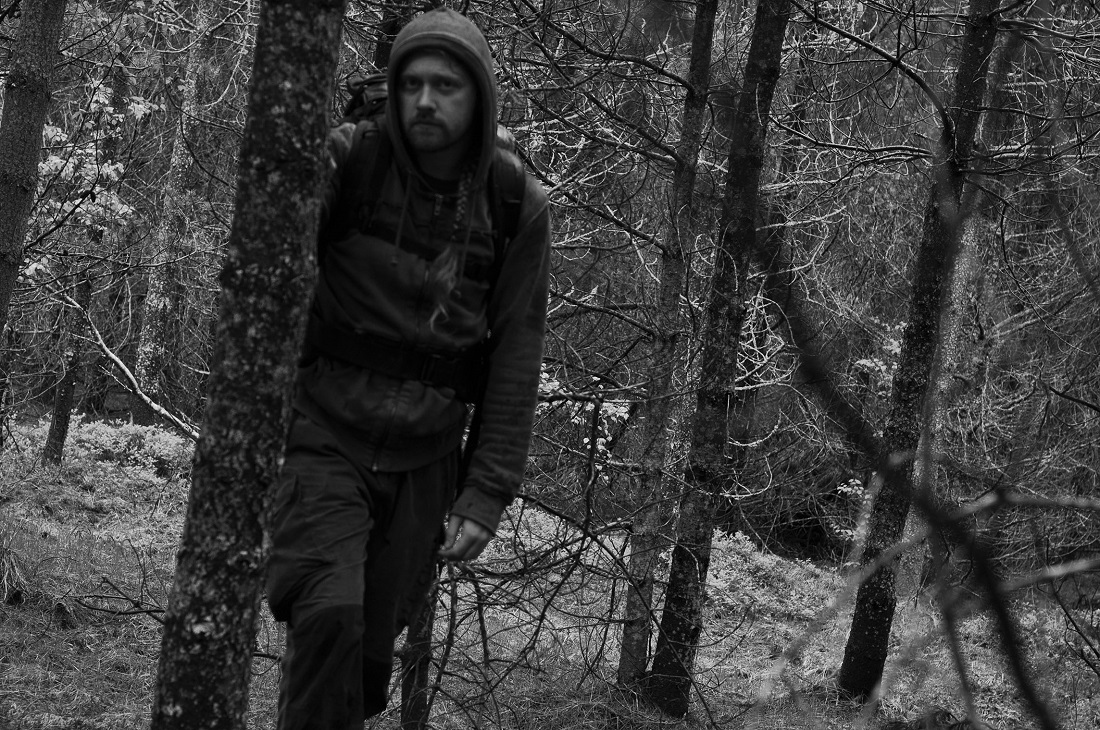
Michael: Do you think you still would have made this kind of music if you lived in some other country, maybe in a warmer region?
Hærleif: I wouldn’t make the same music I think, something different in a related genre probably, I have other inspirations 😉
Michael: I was lucky enough to witness your performance in Philadelphia back in 2015 during the APEX Fest mini-tour. Your performance was quite powerful. You used a variety of different elements to bring the sound together from analog devices, to your laptop, to an electric guitar. Do you find live performances to be a rewarding experience as a dark ambient musician? Have there been any great highlights or memorable moments for you during your years of performing live?
Hærleif: Thanks, but I must admit it’s not my cup of tea. I mean it’s nice when it goes well but it’s usually nowhere near what it should have been. An ambient concert should be relaxed and inspired, but too many times it has just been a stressful experience for me. All the traveling and work that went into preparing the music for a live concert (which maybe is more than people think, after all the music is made in a studio) all culminates in an evening where so many things are out of your control – most of the time you are booked on the same night as bands in different genres, meaning you’re basically just lucky if the venue and the sound-system, or even the crowd, are prepared for ambient music. Last time I played was in Montreal in 2015 and I doubt Northaunt will play live again.
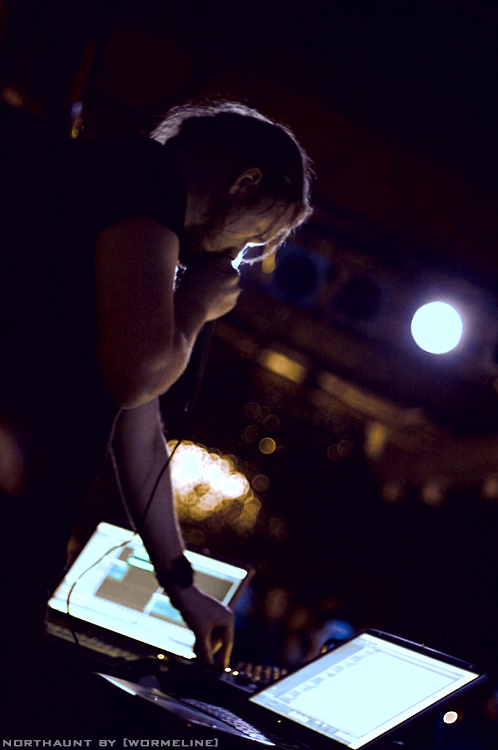
Live in Riga 2008
Michael: You gave fans an update a while back about work on a new Istid album through Glacial Movements label. Will that be coming along in the near future, or do we still have a while to wait?
Hærleif: The album is done, I worked really hard to have it finished by early 2017 since it was supposed to be released this year, but when it was done I got a mail telling me the release is postponed till January next year, I was quite disappointed.
Michael: One of your side-projects, Therradaemon, released its debut Den Mørke Munnens Språk in 2011. This project also made an appearance on the Cryo Chamber collaborative album Azathoth, inspired by the works of H.P. Lovecraft. Can we expect anything new from Therradaemon in the near future? Is this still an active project?
Hærleif: Not in the near future I think, I have a few unreleased tracks, both in the same style as the first album, very dark, massive drone based stuff, but also some tracks that are shorter and more “violent”, I will probably have to separate these into two albums. But… there’s no time to finish any of it at the moment I’m afraid!
Michael: Silent Heart, your most recent album and the second by your side-project The Human Voice, seems like it would be the perfect fit for a vinyl release. Can fans have any hope of seeing this happen in the future?
Hærleif: I agree, that would be great, but I don’t know man. I usually leave those decisions to the label people, who are supposed to know better than me what is in-demand and economically feasible. I don’t feel super confident about that, but I barely have time to make the music so for now my focus is on that. I can’t do everything myself even if I would like to sometimes 🙂
Michael: Silent Heart is probably your most emotional work to date. Was this a goal from the start or did the album slowly and unconsciously move in this direction?
Hærleif: Most of the album was recorded at night at various times over many years, not meant for any special album or even project, I just recorded what I felt at the time. I was getting more and more into piano playing and piano based ambient and liked it a lot, but It was not until I listened to all of those recordings, that I realised that maybe it was possible to make a whole album of this type of music.
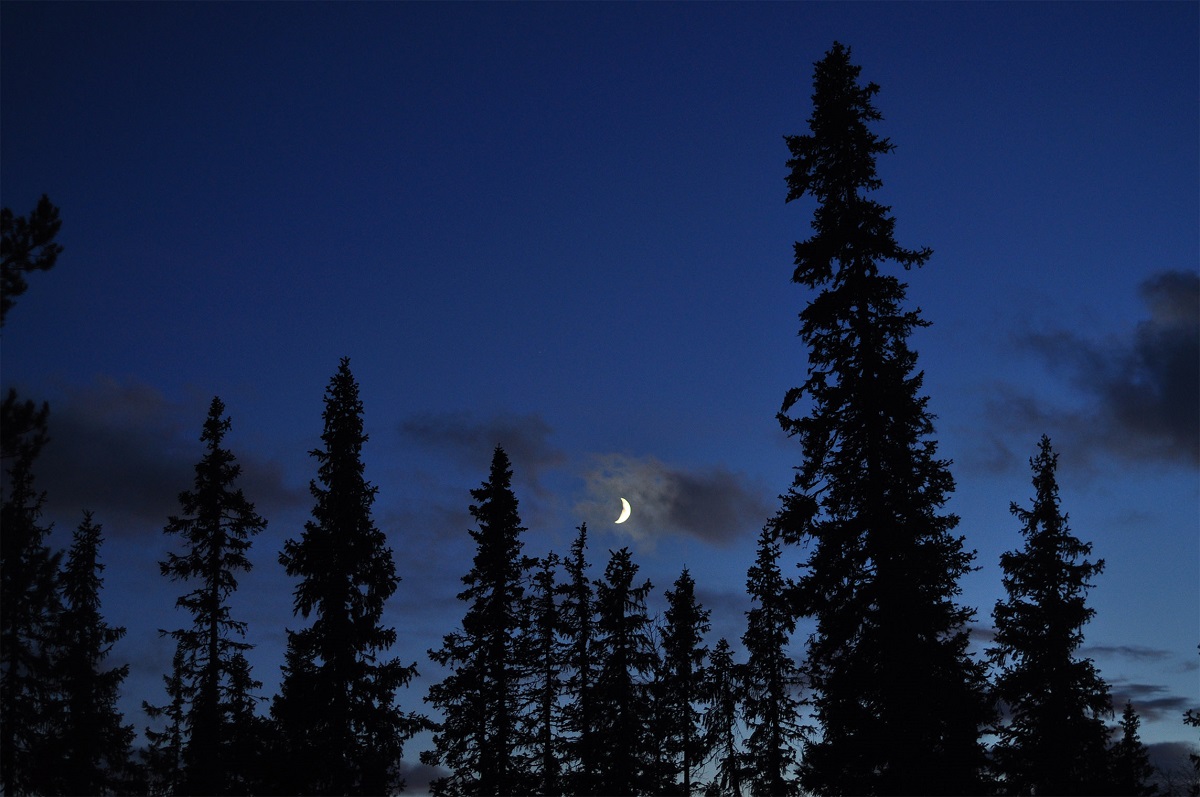
Michael: You use your own photographs for most of your albums. The Infinite Fog digi-book re-issue of Barren Land has a beautiful set of photos contained in its booklet. Are you as passionate about photography as you are about music?
Hærleif: Sure, these days I do more photography than music actually. I think good cover art is very important, I prefer making my own (this has been one of my main motivations for getting serious about photography) but will use other people’s art if they illustrate my point better. Everything on an album should help express whatever the artist wants to say, and why would people buy physical albums if not for the cover and the information in it? It’s not for the music, music you can download or stream anywhere. That’s how I see it.
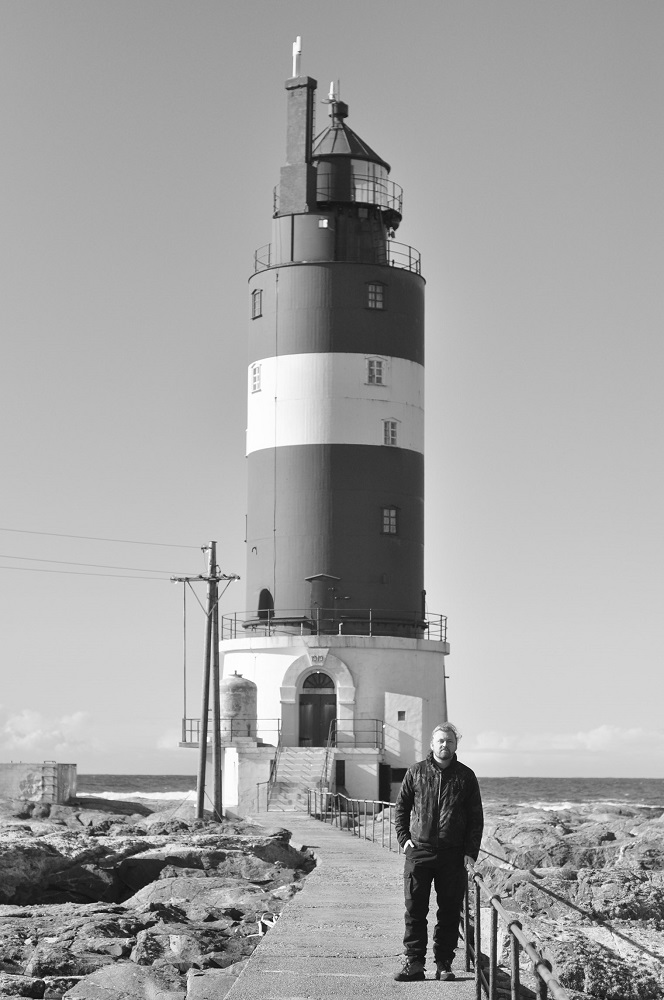
Michael: There is so much to the act of capturing field-recordings and photographs, taking an expedition to certain places looking for that special sound or just the right time and location for a photograph. Do you have any favourite places that you seem to constantly revisit throughout the years to capture these moments?
Hærleif: For a few years, I used to go to a lighthouse on a little island far out into the sea where me and my girlfriend stayed, recording and taking photos and just living. Its too expensive now, but I keep going out to the coast, visiting islands and remote regions. I like the ocean a lot. Other than that, I hike a lot in the woods and from time to time the mountains and other parts of Norway or abroad. I like to visit areas where not a lot of people go. So I come back to these same type of places, but not the same place so much. This interview is delayed now because I just came back from Iceland, fantastic place!
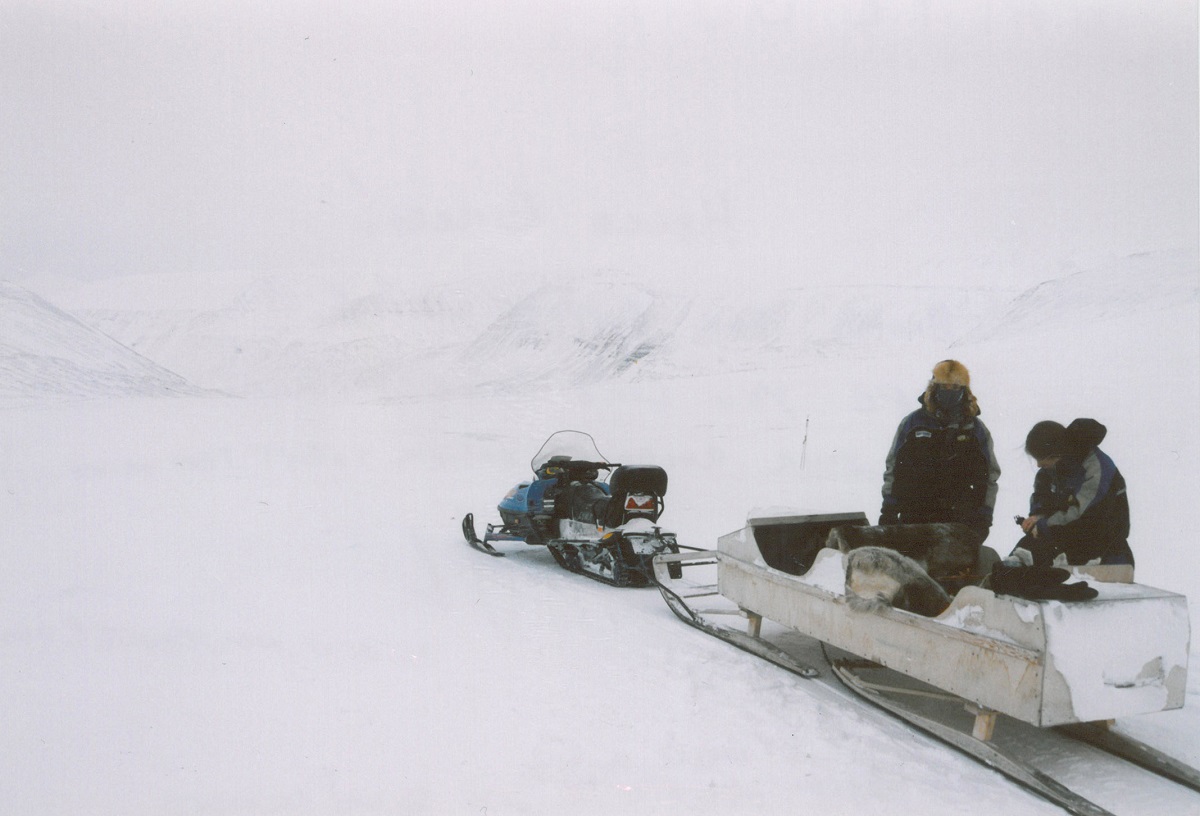
Whiteout in Spitsbergen, on the Svalbard archipelago.
Michael: Have you had any particularly interesting experiences while on one of these sorts of expeditions? An encounter with some wildlife? Getting stuck in a storm?
Hærleif: For inspiration I moved to Spitsbergen and lived there for a while. I experienced the dark winter months (when no light is visible in the daytime). This was strange and fascinating. But the time after this – and before the sun returned above the horizon – actually made a deeper impression. In this “blue period” of the year the days are only noticeable by a soft blue light over the snow-covered mountains, I remember this and the silence and the whiteouts vividly… an almost surreal atmosphere I will never forget. Sleeping in a tent in the bush on Greenland, waking up to the deep rumbling of falling ice in a nearby glacier, hoping no polar bears are around, these all come to mind too.
Michael: Would you like to describe a little about your studio-space? Is it in your home or somewhere else?
Hærleif: It’s not very fancy, just a computer and a bunch of “sound-objects”, instruments and recording equipment spread around my living room ready for use. I believe one should dedicate the best space in the house for what you really, in your heart want to do, most people just put all the furniture in the living room around a TV, and guess what they spend the most time doing…
Michael: Do you have any kind of rituals that you perform when sitting down to work on an album? Burning incense? Meditation before beginning a session?
Hærleif: Not rituals, but it may essentially have the same result. I prefer working at night. Preparing for composing may, for me, mean to take a hike along the coast or in the woods to clear my mind, then turn down the lights (I’m a very visual type of person so I’m easily distracted by things) to focus on sound and mood.
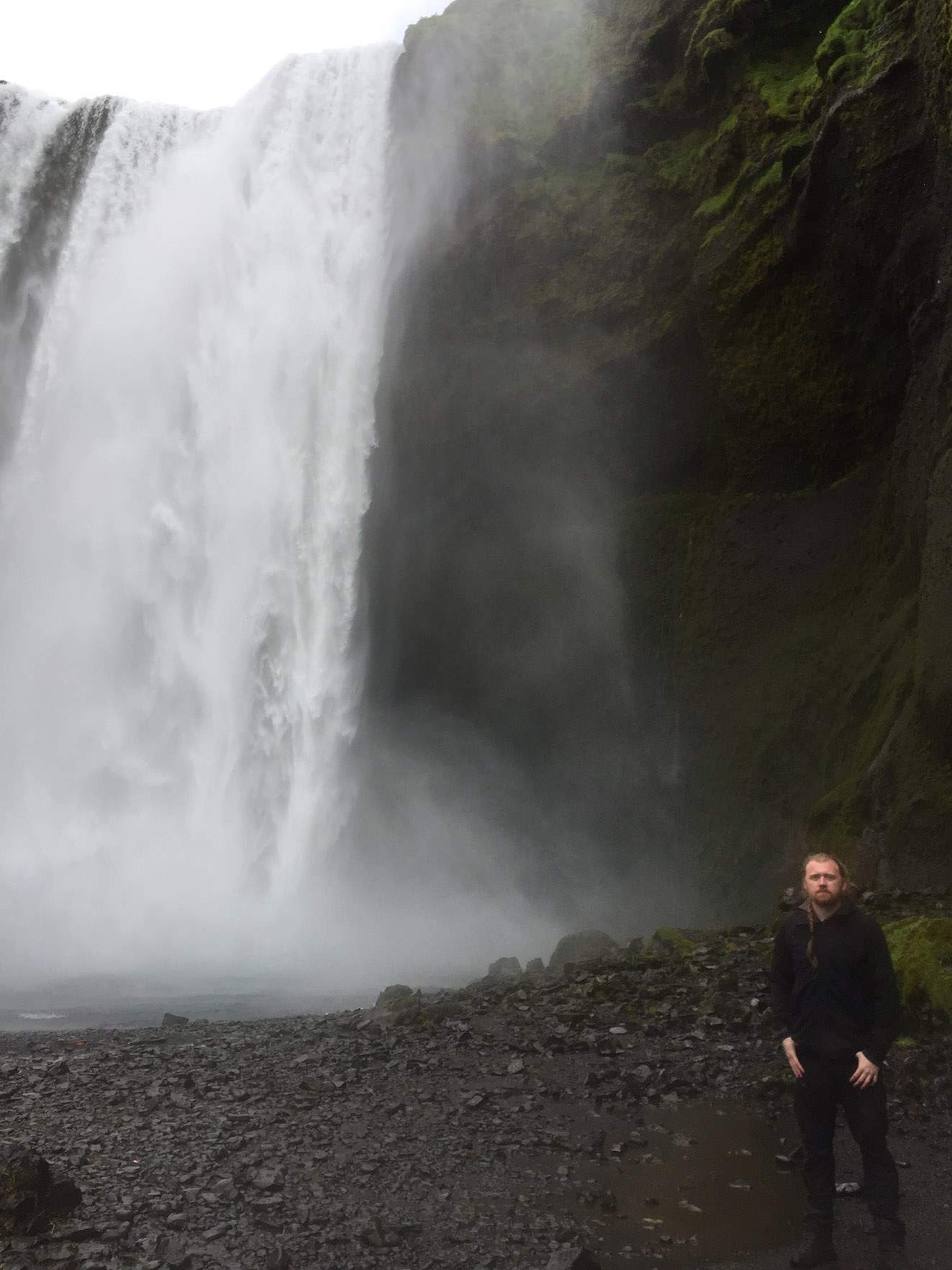
By the Skógafoss waterfall in Iceland
Michael: Are you into films? Any particular directors that have had a great influence on your life or your musical output?
Hærleif :I like a lot of films but it’s mostly just entertainment for me.
Michael: You wrote The Borrowed World split with Svartsinn after you both found inspiration from The Road by Cormac McCarthy. You’ve already told us a bit about that experience [You can read that article here]. Are there any other books that have had a similarly profound effect on you?
Hærleif :I often read 3-4 books at the same time. So over the years, quite a few books have inspired me in some way. It’s difficult to pick one or even a few books. For a long time I read biographies and tales of people who had to survive/work in arctic regions by necessity in the ’30s – ’40s, old books about people who, through these experiences, developed an interesting perspective on life.
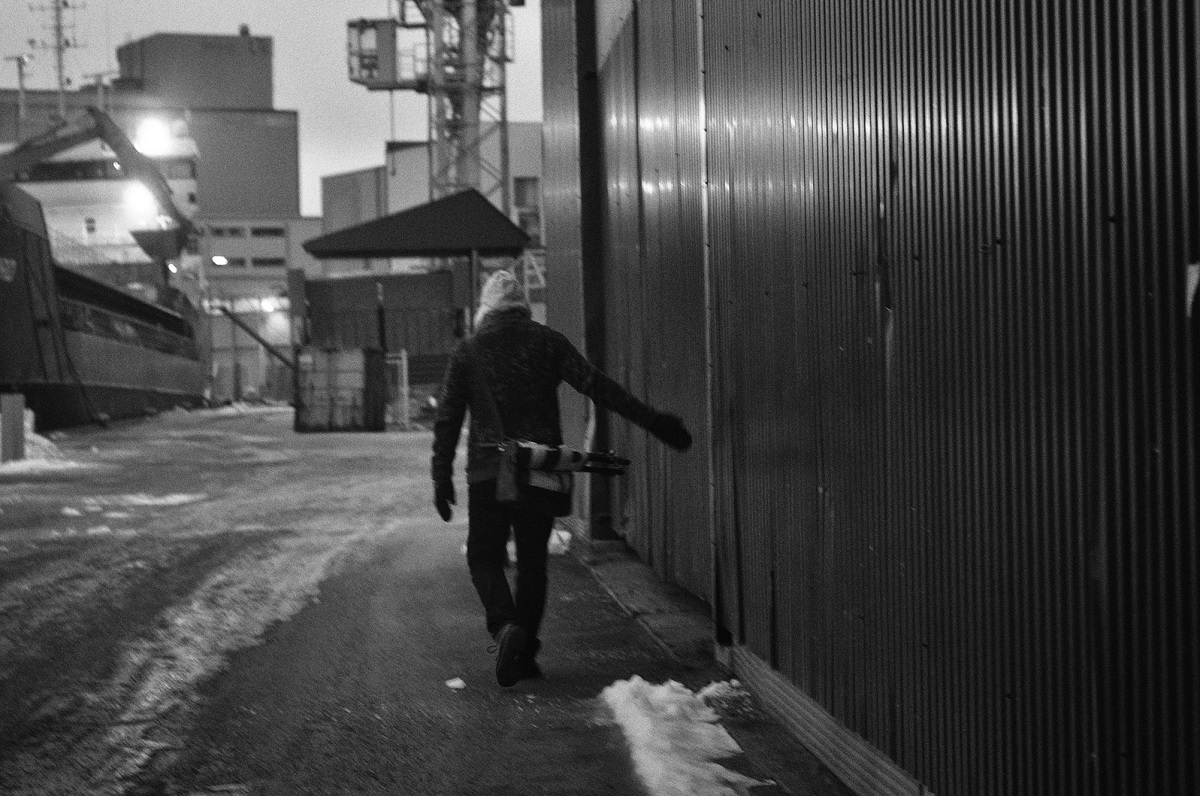
Hærleif looking for photography opportunities at the harbour in Trondheim
Michael: The Road, and thus The Borrowed World, are based on life after an apocalyptic event. Do you think our world is headed in this direction? Do you think that time is coming soon? Do you have any premonitions about how it may happen?
Hærleif: Not really, a lot of horrible stuff will happen for sure, this is the safest prediction you can make judging from history.
Michael: Thank you so much for your time Hærleif, I will leave the last words to you.
Hærleif: Thanks for reading. Thanks for showing interest in my music Michael!
Links to Hærleif’s webpages: Official Website, Bandcamp
Northaunt: Facebook, Discogs
The Human Voice: Facebook, Discogs
Therradaemon: Facebook, Discogs

